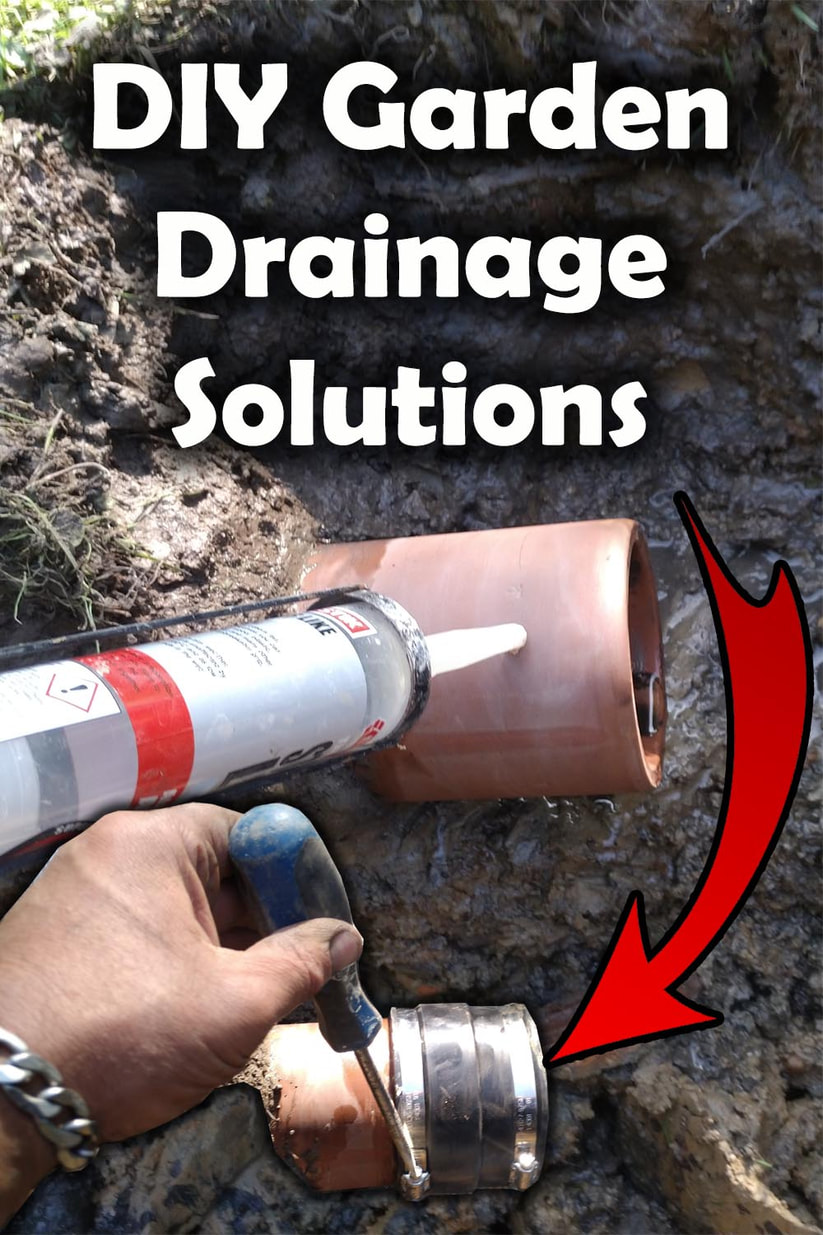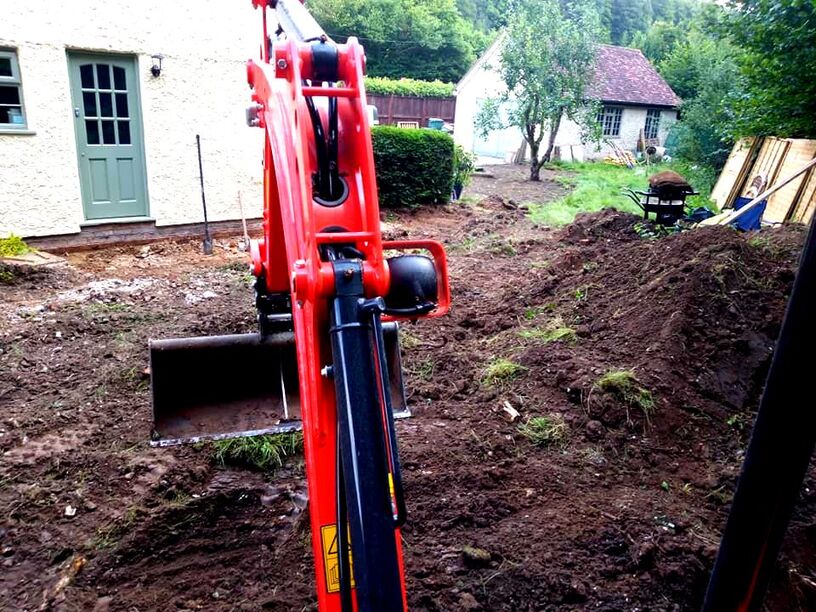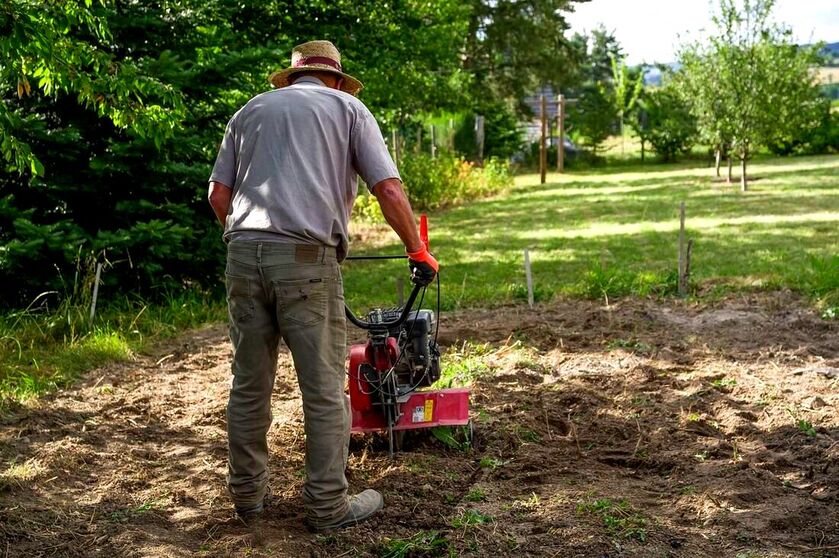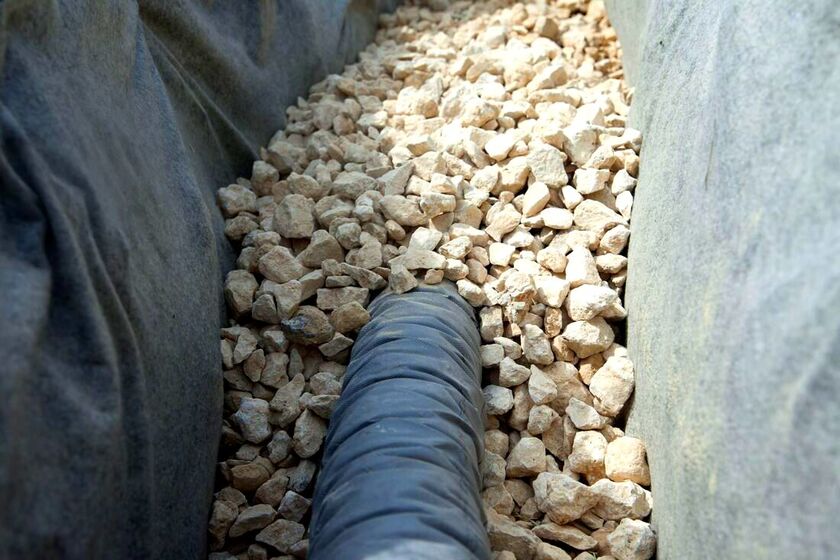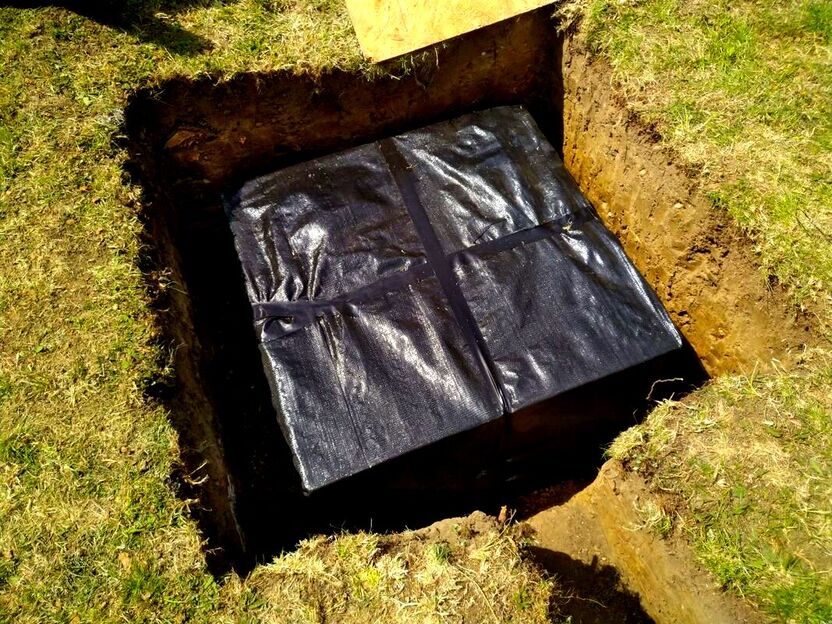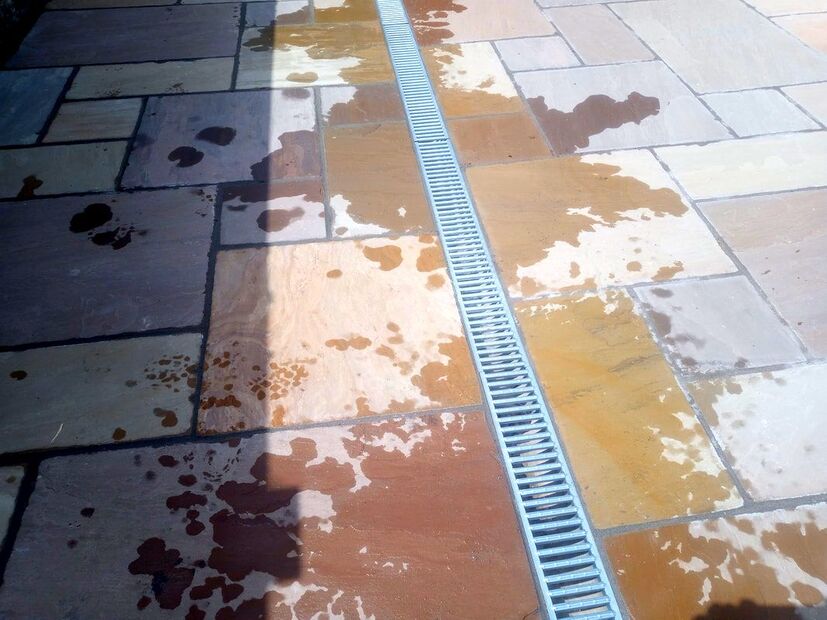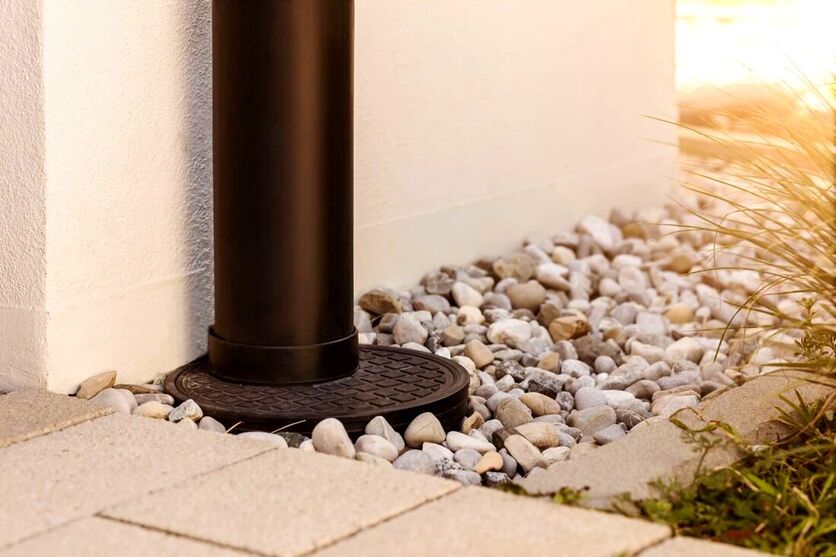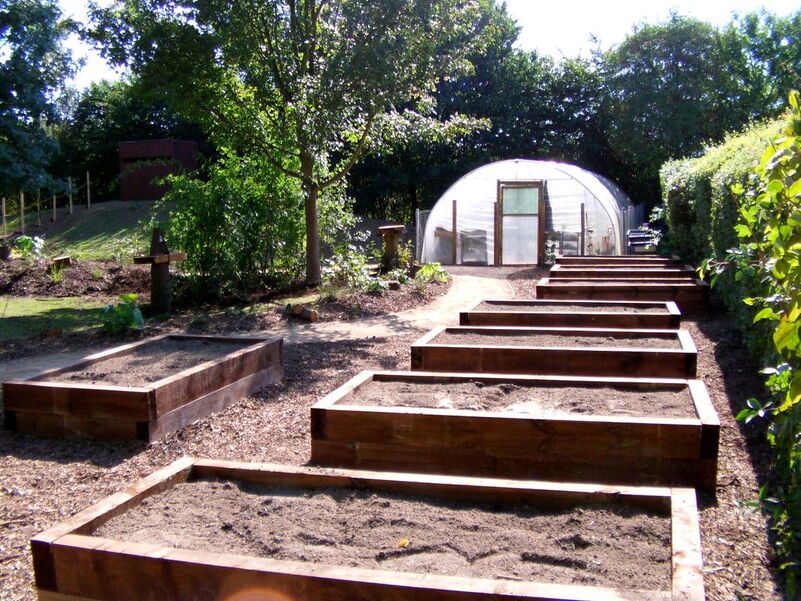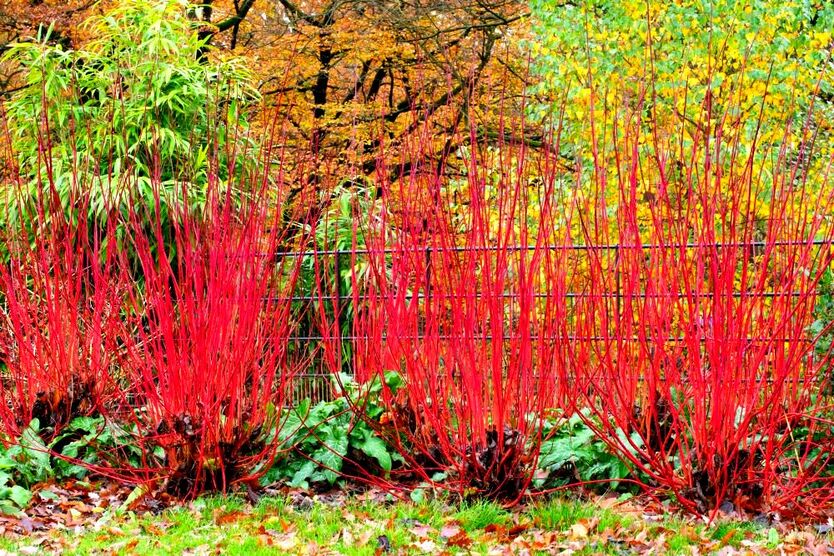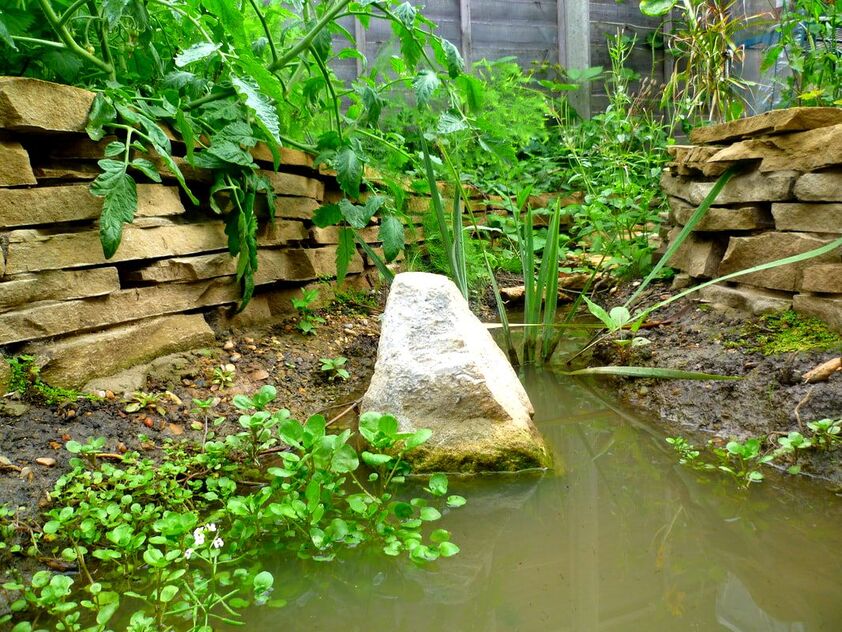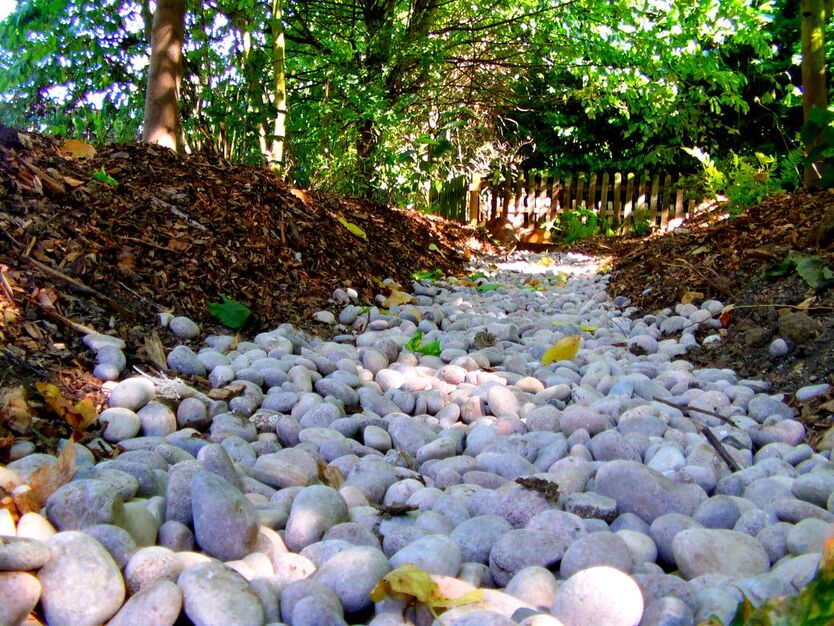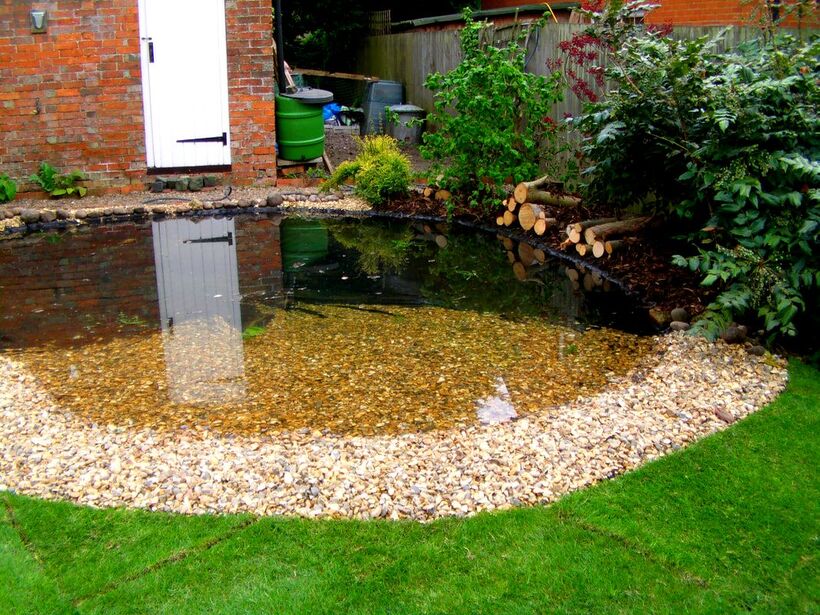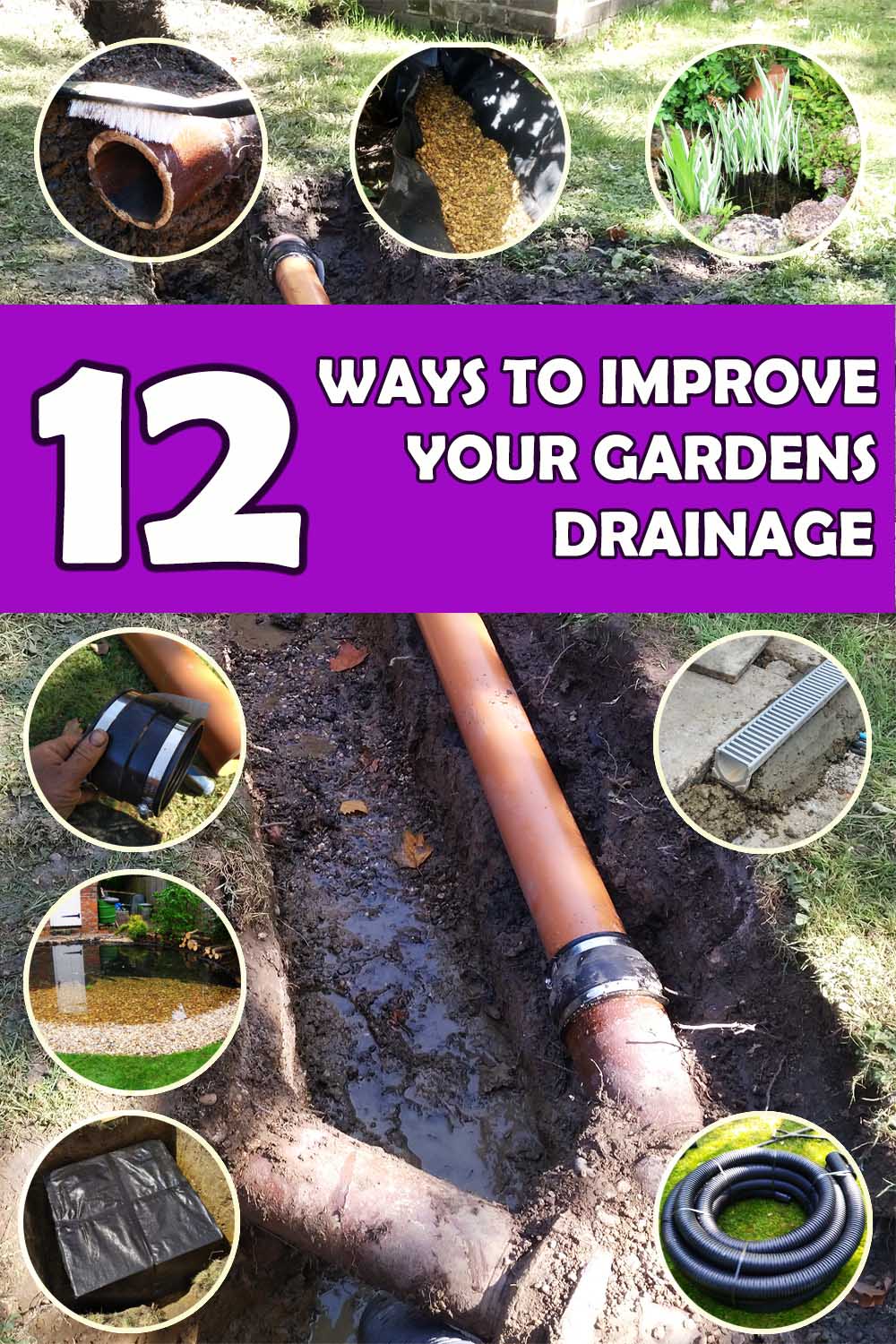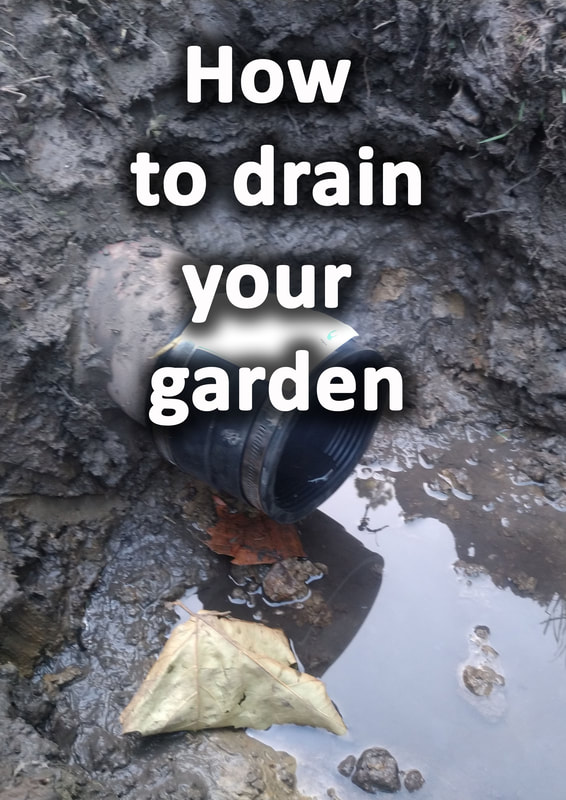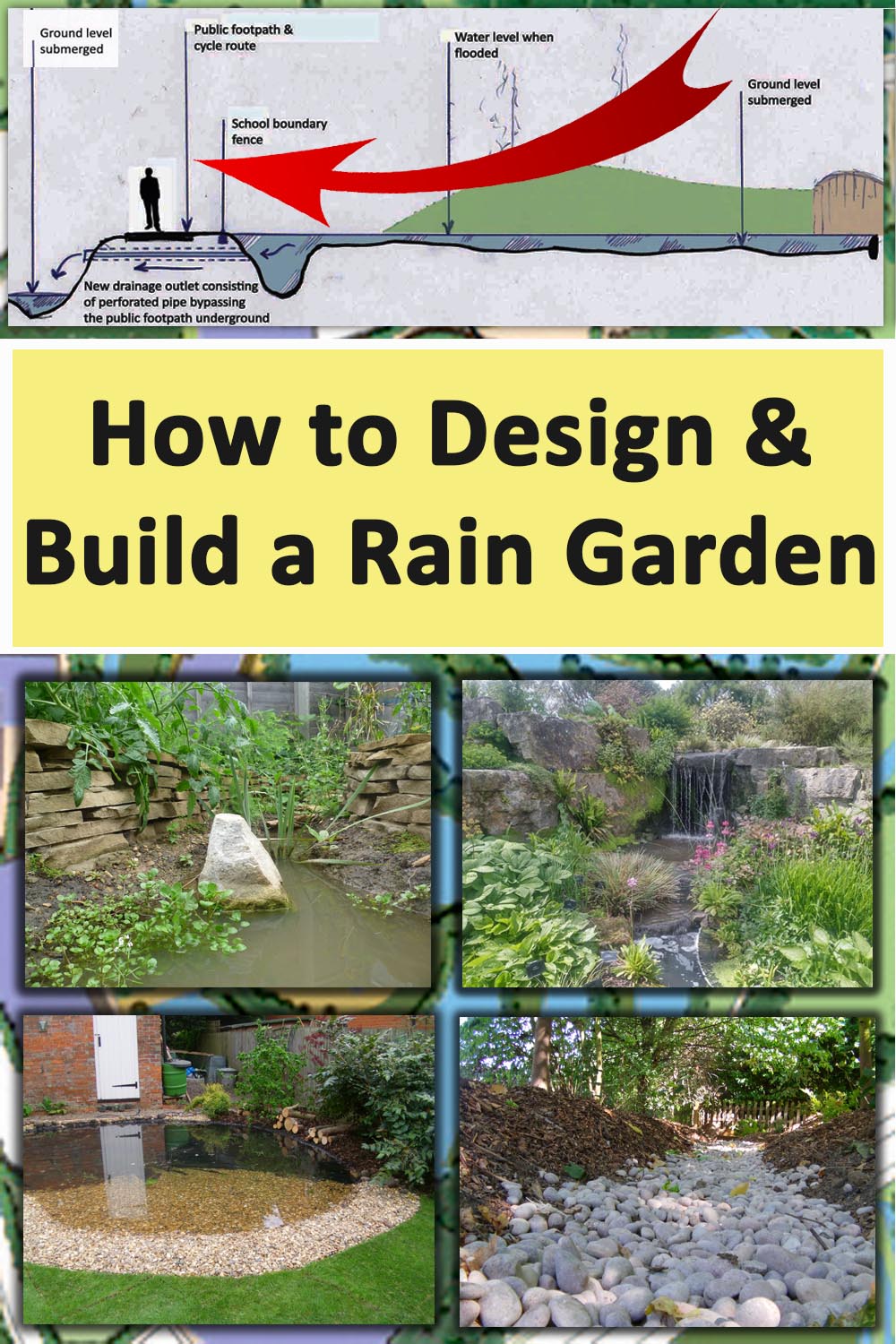|
This article contains affiliate links
If your garden has drainage problems it can dramatically reduce the usability of your outdoor space. Boggy lawns are particularly troublesome and can take some work to put right.
Seasonally sodden flower borders can also lead to the death of plants, shrubs and even trees. When encountering garden drainage problems it is tempting to reach out to a qualified professional. However, such problems are not out of reach for most DIY enthusiasts to solve. In this article I will list and summarise 11 DIY garden drainage solutions you can implement yourself. 1. Garden re-levellingVery often, garden surface levels are the main contributor to standing water and drainage problems. Water naturally runs to low spots within the landscape, during heavy rain these areas can become particularly saturated. Analyse your gardens levels using a string line, long spirit level or laser level. You will normally find water simply has nowhere to escape to! By re-levelling your garden you can raise low spots and grade your surfaces to a new flush level. You want to achieve a very gentle gradient running towards your lowest boundary. This is also a good opportunity to ameliorate your soil so it is free draining. 2. Free draining soil ameliorationA very typical scenario is a gardens soil will become compacted over time. This can lead to poor water penetration and general drainage problems. The wetter the ground becomes the more it compacts under foot, this is particularly so with clay soil. This negative cycle needs to stop in order for the problem to be solved. The best way to do this is by ameliorating the soil. This involves digging over the soil deeply and mixing in plenty of organic matter and coarse sand. These materials help to break apart the soil particles promoting better drainage. The ground can then be worked to a fine texture using a tiller machine. This work is best undertaking during early summer when the ground has the ability to dry out. 3. French drains
French drains are linear trenches filled with free draining gravels which drain water away from a particular area. They are most commonly installed with a100mm perforated pipe laid within the centre of the gravel. This enables water to percolate into the French drain quickly draining the surrounding ground. These drains are particularly effective for draining ground water away from boggy lawns. They are even more effective when combined with garden drainage soakaways for seriously flooded gardens. French drains typically consist of a trench 700mm deep by 300mm wide by the desired route. A filtration membrane is laid to the channel and a 150mm layer of 10mm free draining gravel. The perforated pipe is then laid to the channel and buried with a further 350mm of gravel. The perforated pipe can then be either plumbed into a drainage feature or capped. 4. Soakaways
Soakaways are large drainage facilities under the ground which provide a void for water to drain to. Very often soak-aways are installed where garden drainage water has nowhere to escape to. Modern soak-aways are installed using reinforced plastic crate systems which clip together. Typically a large cube of around 1.3 cubic metres is excavated into the ground. The drainage crates are then lowered in and wrapped in filtration fabric. Drainage pipes and French drains can then be plumbed into the soak-away crates. The whole soak-away is then backfilled with free draining gravel. The top is capped with more filtration membrane and 300mm of topsoil laid on top. For a step by step resource on how to install your own soak-away visit our article here. 5. Channel drains
Channel drains are linear channels which connect together to create long collection drains. These typically come with metal or plastic grills which are laid flush with paved surfaces. Paved surfaces are normally laid with a slight fall towards the drains for easily collection. Surface water can then be channelled and plumbed into other drainage features such as soak-aways. Why not visit our article with pictures on how to install a channel drain here. 6. Rain water harvestingRain water harvesting is not always thought of as a drainage strategy but can make a difference. This is especially so if you harvest large volumes of water in underground storage vessels. Such harvesting can be especially useful in regions that have wet winters but hot summers. In such cases underground storage tanks can be tapped into for garden irrigation during summer. Rain water harvesting can also be achieved in large retention ponds with built in extra capacity. Household water butts very rarely make a huge impact to garden drainage but will make a positive contribution. 7. Raised beds
If you have a high water table or particularly bad garden drainage, raised beds can greatly improve soil drainage. By building raised planters you will ensure that your plants have deep and well drained soil. Raised beds also provide the opportunity to greatly improve the quality and fertility of your growing beds. Raised beds can also help to drain soil within the rest of your garden. By providing a greater volume of soil, moisture will be soaked up more easily like a sponge. This is especially so it you fill your beds with soil containing lots of organic matter like compost. 8. Planting
Plants which can tolerate boggy conditions can also contribute to draining your garden. The more plants you have growing the more transpiration your site will experience. Transpiration is where plants draw up moisture from their roots and release it into the air via their leaves. Collectively from many plants and trees high levels of transpiration can dramatically reduce soil moisture. This is especially so during the warmer, summer, months. Furthermore, well cultivated beds have less chance of becoming boggy than lawns. This is because worked soil with organic matter mixed in drains much better than soil that doesn’t. Consequently adding more planted borders within your garden will help to reduce boggy soil conditions. 9. Rain gardens
Rain gardens are gardens which channel storm water from buildings and hard surfaces to create water features. These can be as simple as dry river beds which fill up in times of heavy rain. These can also be designed to become quite elaborate and decorative landscape features. If you are interested in creating a rain garden why not read our article on rain gardens here. 10. Bioswales
Bioswales are naturalistic depressions landscaped into the ground to collect and absorb surface water runoff. Bioswales are typically planted with wetland plants which help to oxygenate and clean the water naturally. These swales are typically landscaped to create attractive garden features which also provide habitats for wildlife. 11. Retention ponds
Retention ponds are ponds specifically designed to retain water within the landscape. This retention can be for a number of reasons including storage for summer irrigation. However, when it comes to draining gardens, retention ponds can be installed as natural soak-aways. They can provide a facility for drained water to be channelled towards and also provide wildlife habitat. Retention ponds can double up as wildlife or fish ponds with extra capacity for irrigation in summer.
Thank you for reading our article on 11 DIY garden drainage solutions. If you require garden drainage solutions or services at your property do not hesitate to contact us.
Based in Amersham we cover Buckinghamshire and surrounding counties. We have now also opened a new office in Norfolk, why not contact us here.
'As an Amazon associate I earn from qualifying purchases'
0 Comments
Leave a Reply. |
The Author
|
Landscaping services across Buckinghamshire, Amersham, Aylesbury & High Wycombe
Hyde Heath, Amersham, Buckinghamshire |
|
